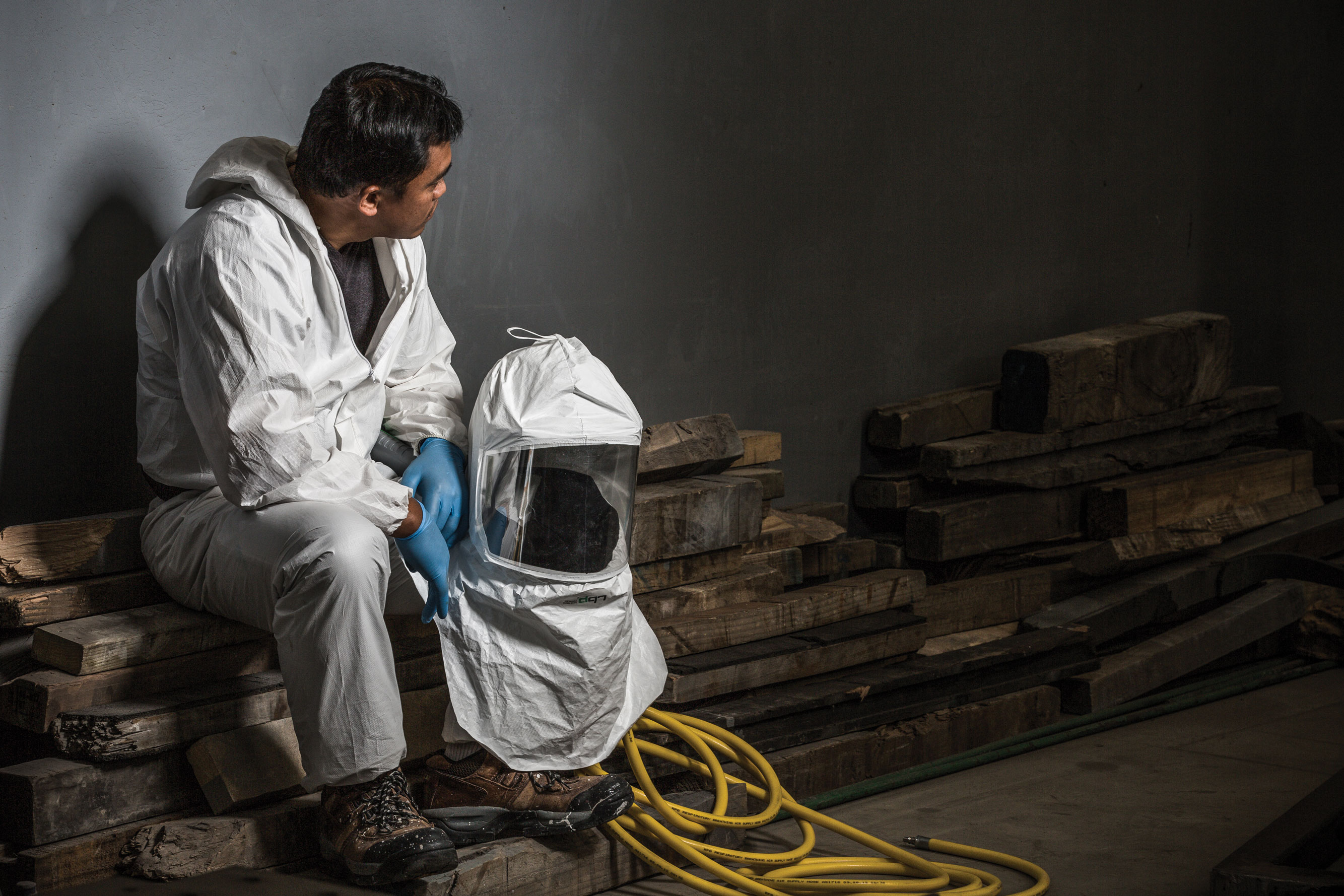
How to Set Up Blasting Equipment
Updated: December 22, 2023Sandblasting is a powerful technique used to prepare surfaces for coating, painting, or finishing. Whether you're stripping old paint, creating texture, or achieving a clean, bright finish, the right sandblasting setup can make all the difference. But before you start, it's essential to properly set up your equipment to ensure safety, efficiency, and optimal results.
If you're looking for professional guidance or assistance with your blasting project, don't hesitate to contact us today.
Necessary Tools and Equipment for Sandblasting
Setting up a sandblasting system requires several key components that work together to deliver effective and safe performance. Here are the main tools you’ll need:
- Abrasive Materials: Choose abrasives based on the surface you're working on—options include sand, glass beads, steel shot, and more. The type of abrasive affects both the speed and finish of the process.
- Air Compressor: This device pressurizes the air needed to propel the abrasive media onto the surface. Make sure your compressor has enough capacity for your specific application.
- Blasting Respirator: A high-quality respirator is crucial for protecting your lungs from dust and fine particles. It should meet OSHA standards for maximum safety.
- Blast Pot: Also known as a pressure tank, this component stores and delivers the abrasive media under pressure, ensuring consistent and controlled blasting.
- Deadman Switch: This safety feature stops the air flow instantly in case of an emergency, helping prevent accidents.
- Hoses: Air and abrasive media travel through these hoses, so they must be durable and free of kinks or leaks.
- Moisture Trap and Separator: These help remove moisture from the compressed air, preventing damage to the system and improving performance.
- Nozzle: The nozzle directs the abrasive stream onto the surface. Different nozzles are suitable for different tasks and levels of precision.
Blasting Preparation Tips
Proper preparation is just as important as having the right equipment. Before starting, follow these steps to ensure a smooth and safe operation:
- Wear Full Safety Gear: Always use a respirator, protective gloves, heavy-duty clothing, and steel-toed boots to protect yourself from harmful particles and potential injuries.
- Inspect All Components: Check for any cracks, leaks, or wear on the hoses, fittings, and other parts. Faulty equipment can lead to dangerous situations.
- Lay Hoses Straight: Avoid kinks and bends in the hose to maintain proper airflow and prevent damage over time.
- Secure Connections: Ensure all fittings are tight and secure to avoid air or abrasive loss during operation.
- Position the Compressor Correctly: Place the compressor upwind and on level ground to minimize dust intake and ensure proper functioning of oil and moisture separators.
- Test the System: Run a quick test to check for moisture in the air and ensure the pressure is at the correct level for your blasting needs.
- Follow Manufacturer Guidelines: Always refer to the user manual for the recommended startup procedure to ensure safe and efficient operation.
Types of Sandblasting Systems
Finishing Systems offers a wide range of blasting solutions tailored to different applications. Some of the available setups include:
- Wet Blast Equipment
- Portable Blasting Units
- Air Blast Rooms
- Blast Cabinets
- Bulk Blasting Systems
- Cryogenic Deflashing
- Blast and Recovery Systems
- Air Blast Tumble Equipment
Whether you're working on small-scale projects or large industrial jobs, we have the right equipment to suit your needs. Our team is here to help you choose the best system for your surface preparation or metal finishing requirements.
Ready to get started? Contact us today for more information or pricing details.
Ningbo Yinzhou Leisheng Machinery Co.,Ltd , https://www.nblscasting.com